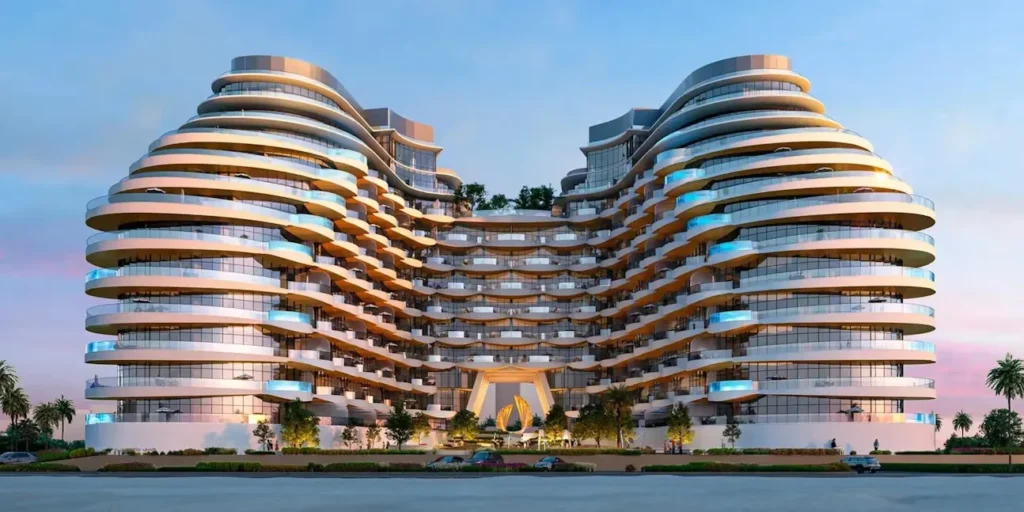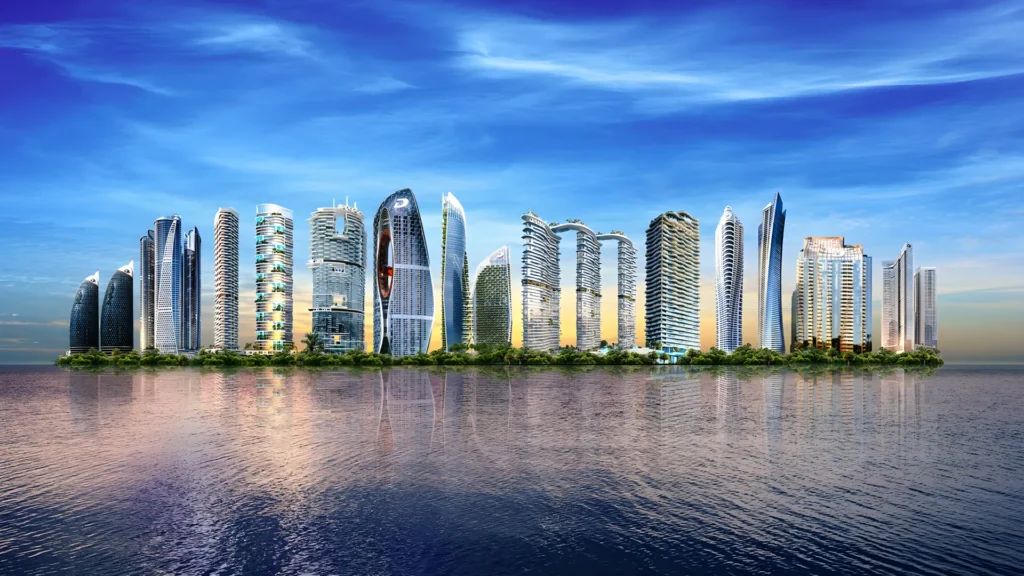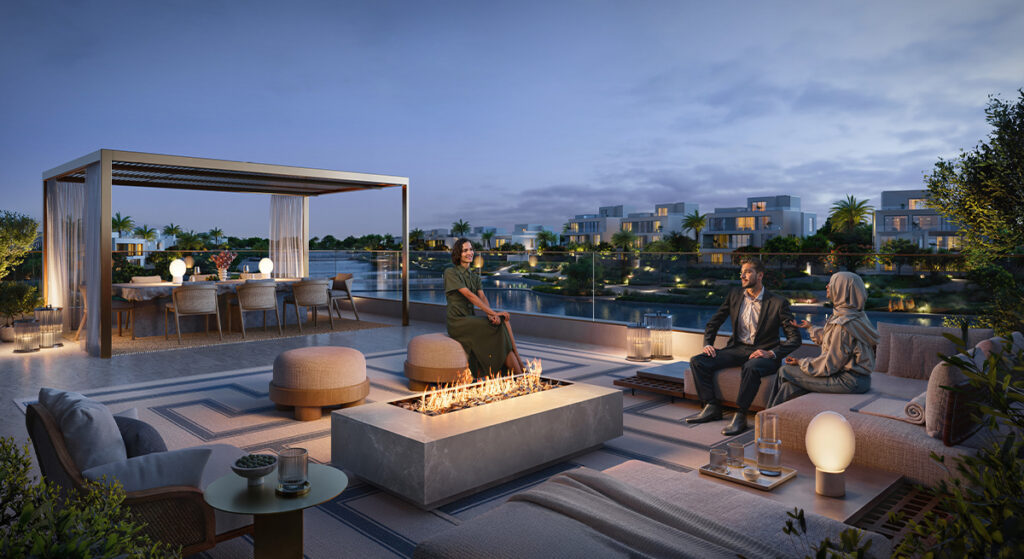With the ambitious Dubai Metro Blue Line project ready to redefine connectivity throughout the emirate, Dubai’s public transport system is set for a significant overhaul. Designed to be finished by 2029, this 30-kilometer fast-moving rapid transit line will add 14 strategically placed stations connecting important commercial, residential, and financial centres. Apart from facilitating travel, the Blue Line will boost real estate development and assist Dubai in realising its sustainable urban vision.
Table of Contents
ToggleOverview of the Blue Line Project
Approved by Sheikh Mohammed bin Rashid Al Maktoum in late 2023, the Blue Line is the third metro line in Dubai, complimenting the Red and Green lines already in place. Project expected to serve over one million residents by 2040 carries an investment of AED 18 billion (about $5.6 billion). By means of quick, dependable, and environmentally friendly transportation choices, it seeks to lower carbon emissions, ease traffic congestion by about 20%, and improve general quality of living.
Nine stations above ground and five below will make the line a mix of elevated and subterranean track. It will comprise future integration with the Etihad Rail network as well as three main interchange stations enabling smooth transfers using the Red and Green lines. One of the most notable engineering achievements is a 1.3-kilometer viaduct spanning Dubai Creek, the first of its sort in the metro system of the city.
Checkout – First Blue Line Metro Station in Dubai by Sheikh Mohammed
Where the 14 New Stations Will Be Located
Serving a wide spectrum of neighbourhoods and districts, The Blue Line will link newly developed areas with existing centres. Two branches define the distribution of the stations:
- Creek Branch (Al Jaddaf, Interchange with Green Line)
- Centrepoint Branch (Al Rashidiya Interchange with Red Line)
The important station sites and the areas they would service are broken out here:
Al Jaddaf (Creek Station):

Beginning on the Creek branch, this cross-roads the Green Line. Al Jaddaf is a lively waterfront neighbourhood noted for its scenic views and cultural hotspots.
Dubai Creek Harbour (Emaar Properties Station):
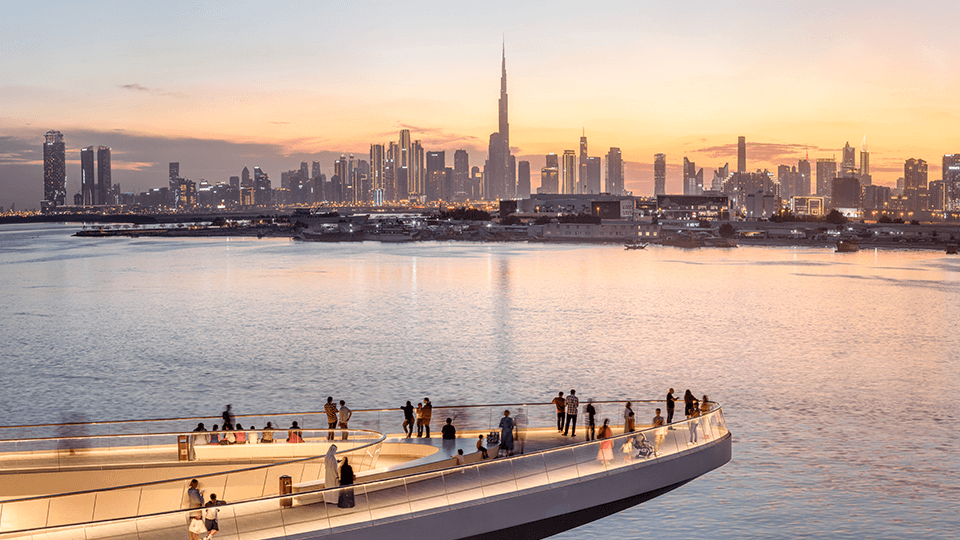
Comprising the tallest metro station in the world, this famous stop is a major new urban development zone and can process up to 160,000 daily passengers.
Dubai Festival City:
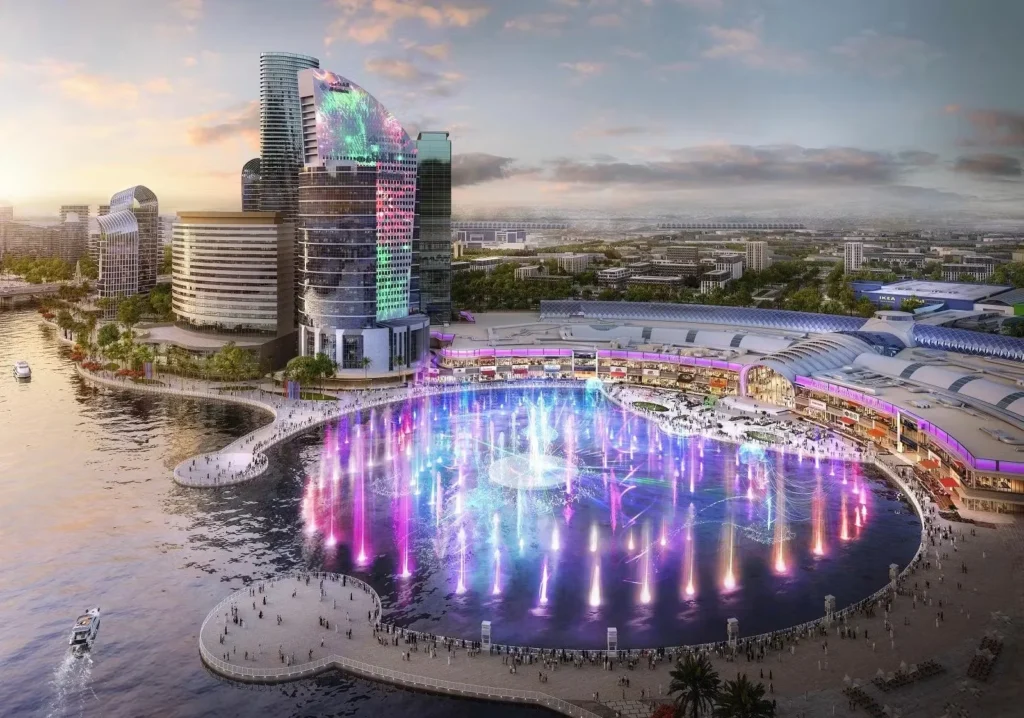
Serving one of Dubai’s biggest malls and a residential population of almost 77,000, this station will enhance connectivity and cut reliance on water taxis for crossing Dubai Creek.
Al Rashidiya (Centrepoint Station):
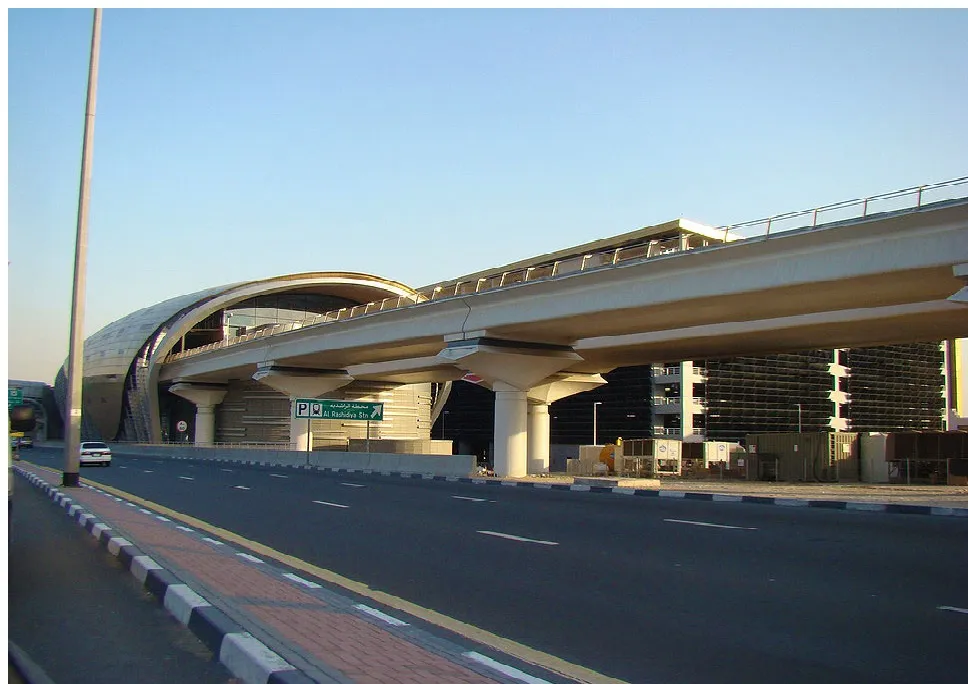
Providing free parking, this interchange station links the Red Line with the Blue Line. It benefits the northern Al Rashidiya neighbourhood.
Dubai International Airport:

The Blue Line will enable travel in about 20 minutes by offering a straight link to the busiest international airport worldwide. Whether new stations will be developed or whether current ones at Terminals 1 and 3 will be utilised is yet unknown.
Dubai Silicon Oasis:
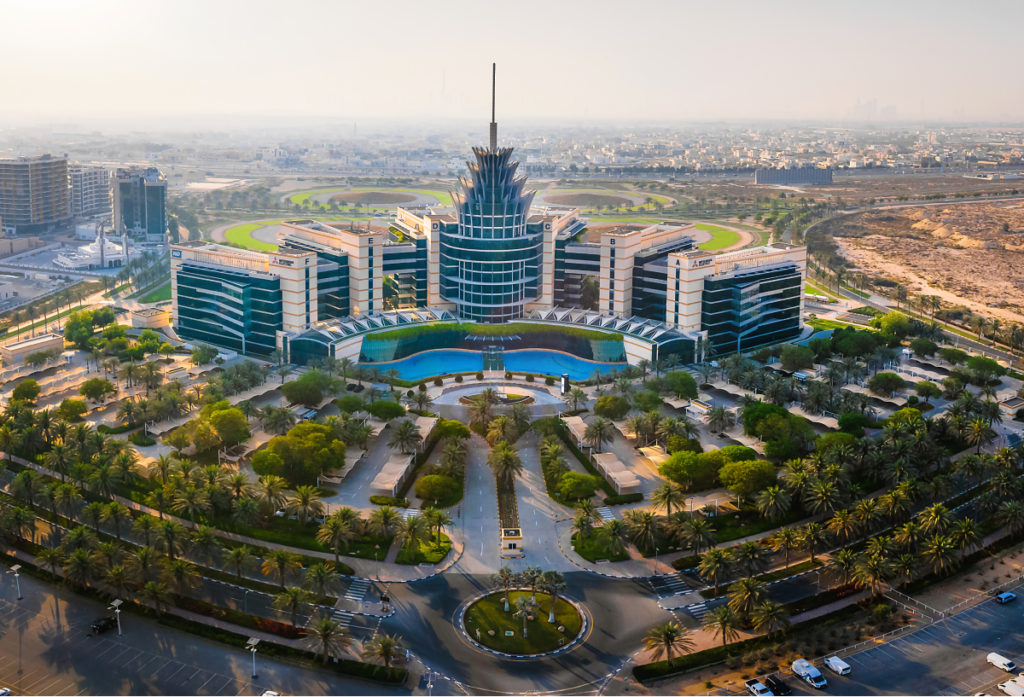
Located on the 21-kilometer path, this station in line with the Dubai 2040 Urban Master Plan supports the tech-driven economy and innovation hub of Dubai.
Academic City:
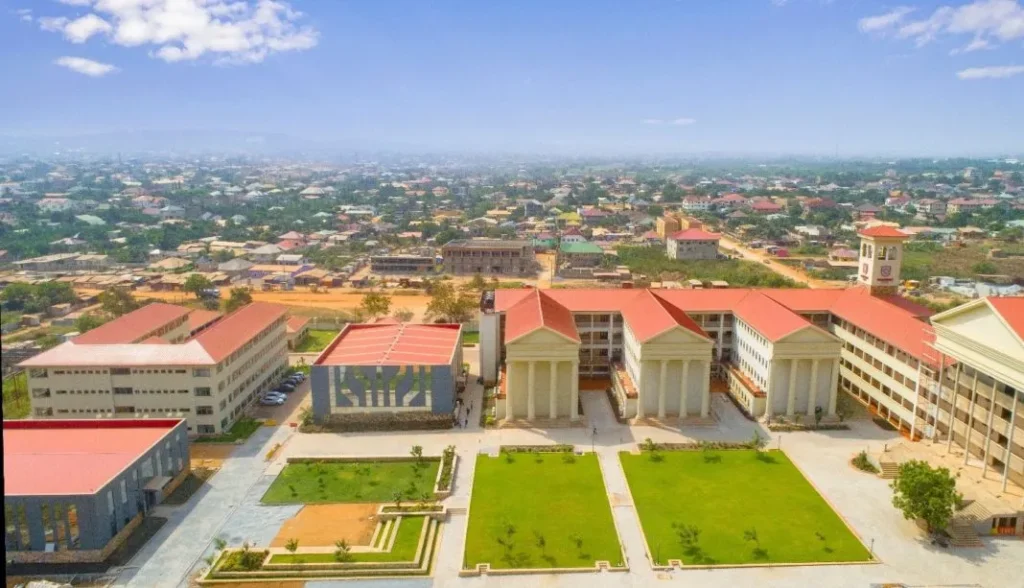
A large educational district with campuses of foreign universities including over 50,000 students by 2029. This station will improve staff and student access alike.
International City (Three Stations):

Three stations in this area one underground interchange will improve access to Dragon Mart and serve over 200,000 residents and guests.
Mirdif:
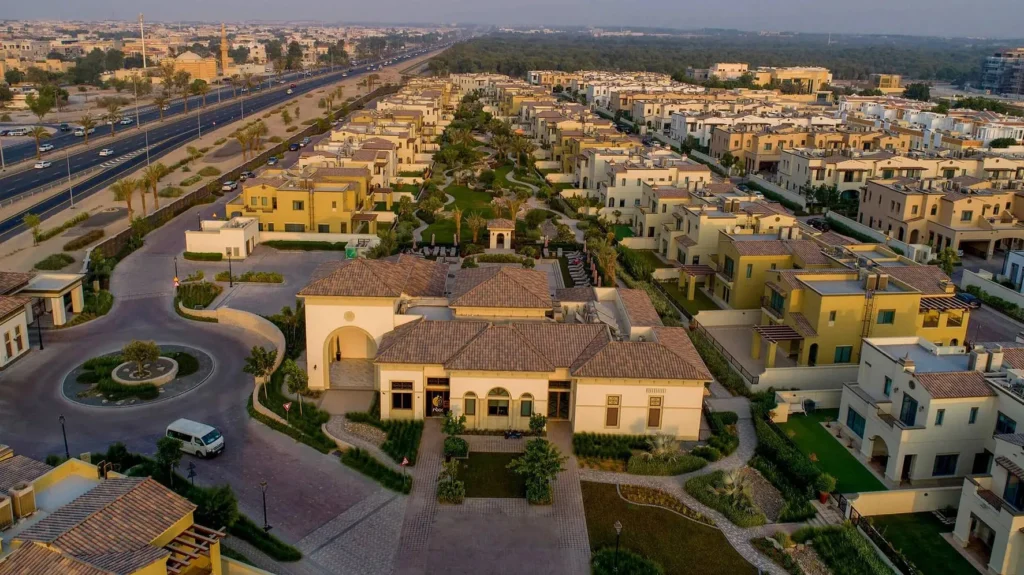
A suburban area with parks and retail stores like Mirdif City Centre, which will gain from better direct access to transport.
Al Warqa:
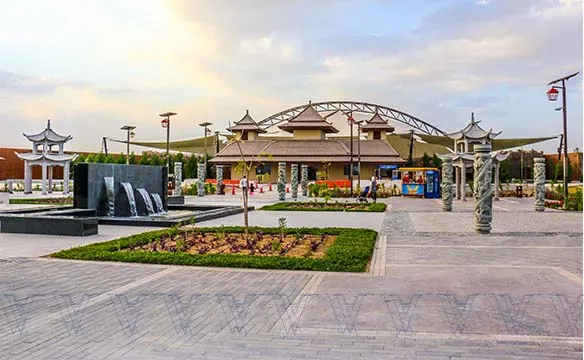
About 60,000 people live in this expanding residential community, which has attractions like Dubai Safari Park and a vital new transit link.
Ras Al Khor:

Renowned for its wildlife sanctuary, this station will improve access to natural reserves and link the area more effectively with the rest of the city.
Effects on Dubai’s economy and urban scene
The Blue Line stimulates urban development and economic growth rather than only a transportation project. It fits Dubai’s 2040 Urban Master Plan, which seeks to establish a “20-minute city” whereby workplaces and necessary services are within a 20-minute travel time. By 2040, the line should create AED 56.5 billion in economic gains, including increases in real estate values by up to 25% close to stations.
Metro stations usually raise property prices and rental demand, which drives real estate professionals to make once underdeveloped areas like Al Warqa, Mirdif, and Dubai Academic City appealing investment locations. By lowering traffic congestion and vehicle emissions and so encouraging greener urban living, The Blue Line will also help Dubai’s sustainability objectives.
Conclusion – 14 New Stations on Dubai Metro Blue Line
By tying important areas with a contemporary, effective, and environmentally friendly transportation system, the Dubai Metro Blue Line is poised to transform urban mobility. Comprising 14 new stations in key residential and business sectors, the line will improve accessibility, shorten travel times and assist Dubai’s vision for a smart, sustainable city. Residents and visitors alike can expect a transforming addition to Dubai’s world-class metro network as building moves towards the 2029 completion target.

